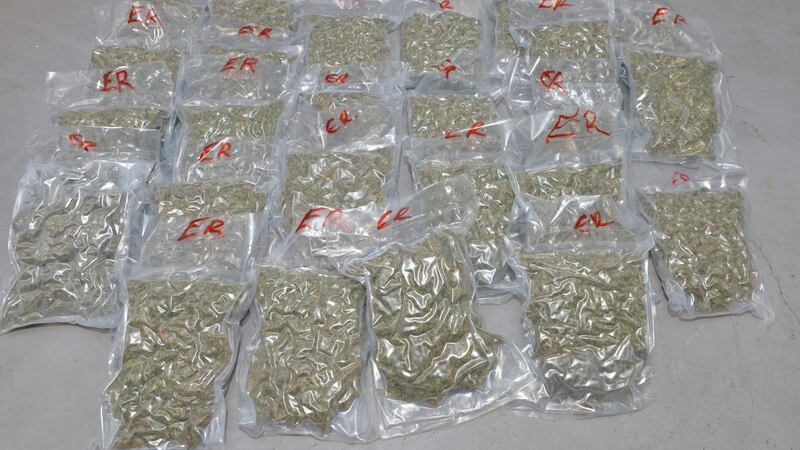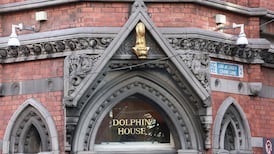Drug seizures have hit a 10-year high in Northern Ireland, according to the latest police figures.
Some 5,597 incidents were recorded during the last financial year - more than double the number documented a decade ago - and up almost 500 on the previous year.
Cannabis was by far the most commonly recovered drug, accounting for 4,445 of the total seizures, with benzodiazepines (prescription drugs), mainly diazepam, in the next highest category at 614 seizures.

Cocaine was found during 566 police raids, the statistics also show.
Detective chief superintendent Andrea McMullan, who leads the Police Service of Northern Ireland’s (PSNI) fight against drugs and organised crime, said: “While we seize cocaine, it is not the major drug of choice in Northern Ireland.
“That still remains cannabis and the prescription drugs.”
A total of 182.4 kilos of cannabis resin were taken off the streets by police between April 2015 and March of this year - a sharp increase on the previous year.
The figure includes 164 kilos of the drug which were found during one major raid in the Newry area.
However, police recorded a significant drop in the number of so-called cannabis farms and nearly 5,000 fewer cannabis plants were recovered compared to 2014/15.
Ms McMullan said: “We are at a 10-year high in relation to the number of drug seizures and also in relation to the amount of drugs seized.
“We have better structures now but there are also higher levels of community confidence in policing which means more information is being passed from the community which can help us target resources.”
During the period, a total of 46 kilograms of cocaine were seized alongside 10,435 ecstasy tablets.
The largest single ecstasy find was in the Antrim area when 5,000 tablets were discovered last July.
Most seizures occurred in and around Belfast city where 1,592 incidents were recorded - an increase of 116 when compared to the previous 12 months - but significant numbers of seizures also took place in Armagh, Banbridge/Craigavon and Lisburn/Castlereagh areas.
Correspondingly, the number of drug-related arrests has also increased year on year from 1,440 during 2005/06 to the current high of 2,953.
Police have also targeted resources against heroin dealers, particularly in Belfast, Portadown and Ballymena.
The senior officer said: “We are not seeing a large change in the number of people we perceive to be using heroin. There is a more visible heroin market which is probably linked to the changes around how heroin is managed at street level dealing.
“Because of the changed more visible market, we have carried out some really focussed activity on heroin and we have made significant arrests in the Portadown and Belfast area - about 27.”
Despite the positive results, Ms McMullan said there were still challenges for law enforcement.
“The market has definitely changed over the past decade,” she said.
“It’s more easily accessible. Five years ago, if you wanted to get drugs, it was probably still a street corner, shady dealer. Now there are so many more ways you can access the drugs market. That accessibility poses significant challenges for law enforcement.”
Much of the illegal drugs trade is controlled by between 50-70 organised crime gangs - some with paramilitary links who tax drug dealers and engage in supplying - as well as some foreign nationals.
At present, police attention is particularly focussed on a core element of around 130 people who operate across the region as well as in the Republic.
Ms McMullan said: “The largest proportion of organised crime gangs that we investigate are still indigenous.
“The border does not exist for any commodity in crime - it’s a road you drive along the same as any other.
“Our crime gangs are taking drugs down into the south and likewise they are coming up.”
However Ms McMullan said there was no evidence in Northern Ireland of the violence and gang war culture that exists in Dublin.
“We are not seeing that,” she said. “We have seen no evidence of that in terms of weapons used with the crime gangs.
“There are crime gangs who bring in drugs and they also facilitate firearms but we are not seeing that as a direct link to drugs nor are we seeing a large proportion of firearms within the non-paramilitary field.
“We are not seeing large transportation of firearms to facilitate gang warfare. And our crime gangs on the whole they tend to be Northern Ireland wide rather than territory based.”
PA








